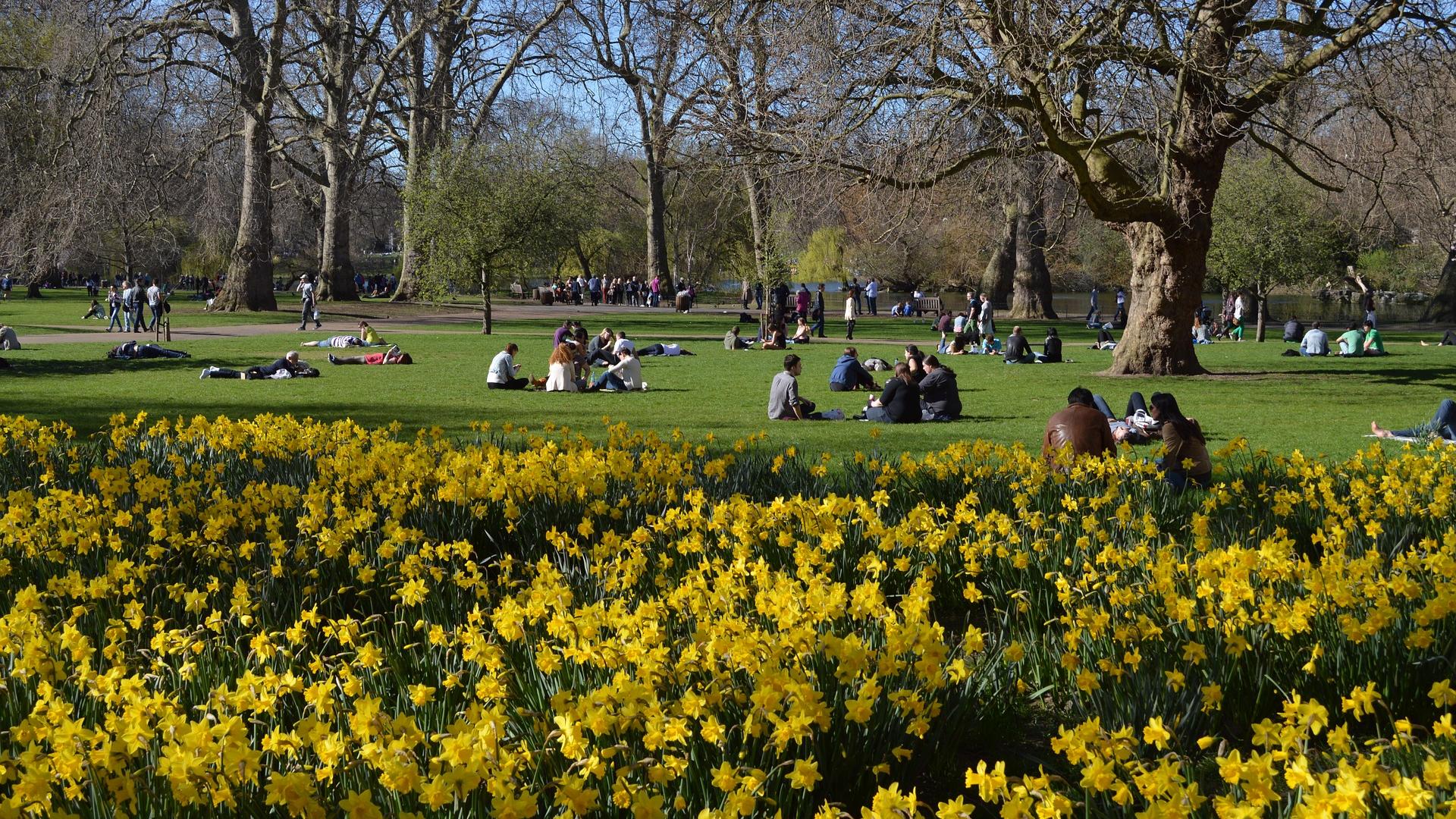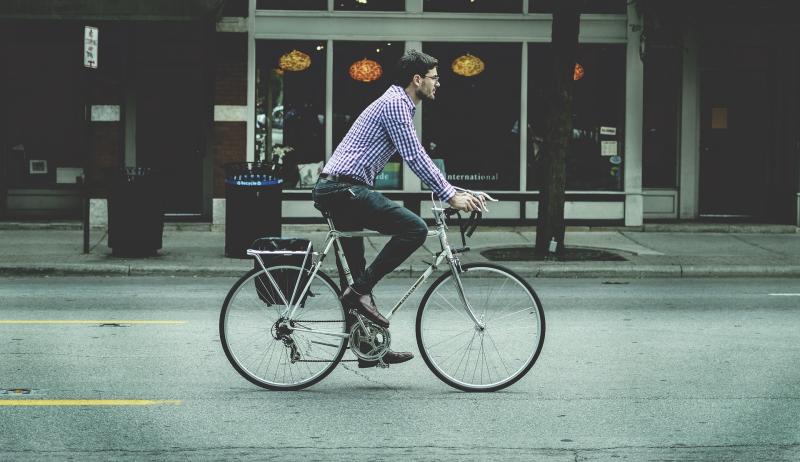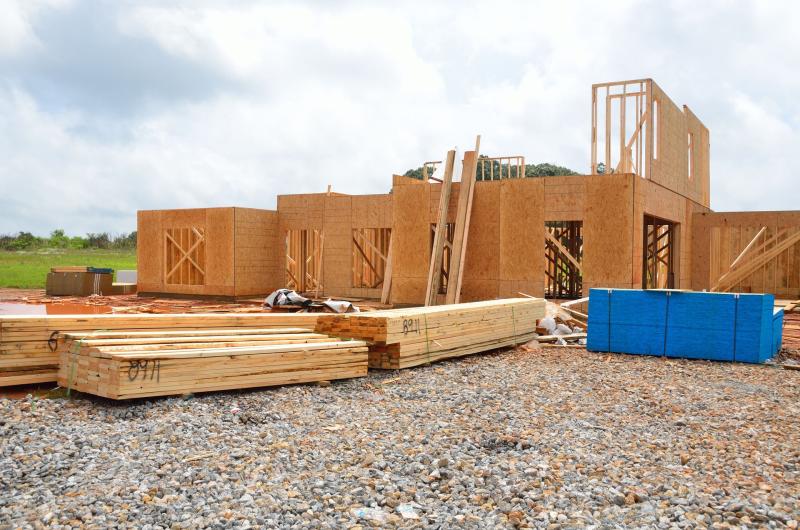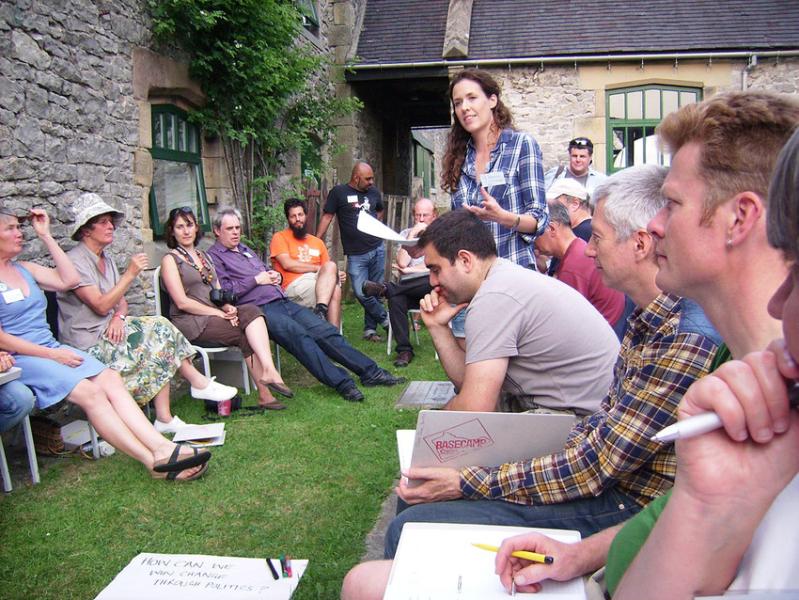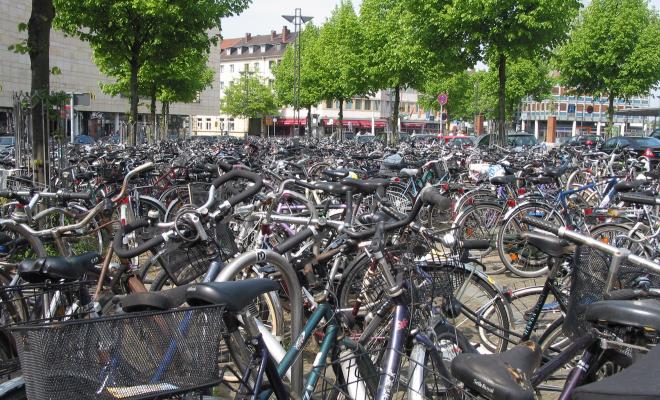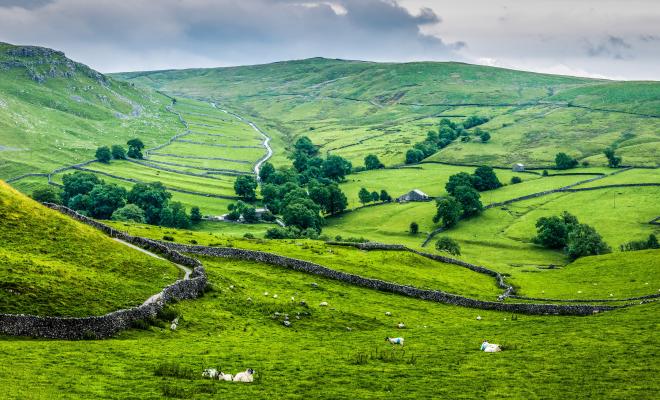24 Sep 2019
JW: You recently spoke at a conference for young people about the future of the built environment. What was your takeaway message for the students?
CB: It’s in your hands. Don’t be afraid to challenge the status quo. Keep on asking the difficult questions and bring your voice, your ideas and your creativity to the debate.
JW: You have 5 key themes. What are they?
1. Design around active travel – not the car
CB: Physical inactivity costs the UK £7.4 billion per year and is responsible for 1 in 6 deaths. If we were to boost investment in urban areas so that the proportion of journeys made by walking and cycling matched those in other European countries, we would improve health and save lives. Active travel is a choice we could make as a society, but the way our cities are planned doesn’t encourage it.
We don’t always need to use a car of course. For example, research by Transport for London (TfL) found that 68% of car trips by London residents are short enough to be made by bike, and don’t involve transport of heavy items or form part of a succession of ‘non-cyclable’ trips.
A lot of this boils down to questions of individual or collective choice. But more people would make choose cycling if it was easier or they felt safer.
On the other hand, in Amsterdam, which is almost defined by its cycle use, 67% of all trips in the wider metropolitan area are on foot or by bike. Even in a college town like Cambridge, where I live, it’s only 29%.
JW: What about climate change?
CB: Transport is the fastest growing source of emissions in the UK. It’s the one part of the economy we haven’t properly tackled yet. So more walking and cycling would also cut carbon pollution.
In urban areas, around a third of carbon emissions from driving could be avoided if people were able to switch to walking and cycling. With the growing popularity of e-bikes, this proportion is likely to increase.
JW: And if you don’t walk or cycle, we could improve public transport options.
CB: Yes indeed. Trams and buses – particularly free ones – are the answer. Smaller scale forms of transport such as cycle rickshaws could also help link people and housing without good transport to existing bus, tram and rail networks and provide pick-up services to help people to the shops, doctors’ surgery and so on.
Deliveries
And then there are e-cargo bikes, which could reduce the number of vans on our roads and help tackle chronic congestion. We could follow the German and Dutch example where e-cargo bikes, combined with city centre trans-shipment centres and local micro-depots, are now being used by logistics companies in several cities.
Obviously, designing around active transport suggests that we should plan for more densely populated towns and cities, not create more urban sprawl stretching into the green belt. We should be growing trees on our urban fringes instead.
2. A haven for wildlife
JW: And this brings us on nicely to your next theme – how do we incorporate access to nature in our built environment?
In touch with the natural world
CB: As more and more people live in cities, they can become disconnected from nature. If you never see it and don’t spend time in green spaces, you lose an essential part of what it is to be human.
This is borne out by research – people trying to recover from operations in hospital get better quicker if they can see trees from their window. It’s good for mental health too.
Nature everywhere
And yet wildlife is declining and habitat is lost as buildings eat up our green space. This tells us that we need to better manage the growth of towns, cities and related infrastructure to encourage nature everywhere. Not just in designated reserves – but also in our towns and wider countryside.
There’s evidence that the mosaic of different types of green and open space in towns – formal parks and people’s back and front gardens – provides a year-round source of food, shelter and habitats for all manner of wild species – and not just squirrels and urban foxes.
Unfortunately, because our rural areas and farmland have been turned into bland, monocrop landscapes, they’re increasingly sterile and inhospitable for wildlife.
Let’s make our cities nature reserves
Green roofs, green walls, streams and rivers free from culverts, street trees, parks and green streets all need to be the norm, and not just in well to-do areas. Imagine living in well designed, energy- and water-efficient houses that are easy and cheap to heat in winter and cool and comfortable in summer. Imagine living near good local shops alongside parks and open spaces, where wildlife is on our doorstep and not shoved “over there”.
Instead of beautifully trimmed lawns, imagine creating wildflower meadows outside our public buildings, like the ones at the Olympic park. Let’s make our cities nature reserves, good for our health and wellbeing and for climate change.
We need to plant millions more trees. Here’s an astonishing statistic – if we doubled Britain’s trees we could draw down the equivalent of 10% of UK’s carbon emissions. That’s huge. And it would take us from 13% of land covered by trees to 26% – still less than the European average.
3. Build from sustainable materials
JW: So you’re advocating growing trees, preserving green belts around our cities and building for higher density living. What about the material we build with? Could wood play a part in new build?
CB: Timber should come back. We’ve been using trees in building for over 10,000 years and trees could be the building material for the future.
Wood – the building material for the future
Wood is a highly versatile and flexible building material. It’s sustainable. It’s renewable. It captures and stores carbon. It’s non-polluting and it’s a good alternative to high-carbon concrete and steel – which are not. And you can build high rise with super strong timber – as an 18-storey student residence in Vancouver demonstrates.
According to Wood for Good, 3.8 million tonnes of carbon dioxide could be captured annually in the UK if 200,000 three-bed, timber-framed houses were built every year. That’s not a huge amount – about 1 per cent of emissions.
But as the world heads towards breaching climate tipping points – loss of ice sheets and permafrost, forest die-back – every scrap of carbon saving is needed.
Growing our timber industry
We’ve all seen the terrible impacts of the recent fires in the Amazon. One way the UK could respond would be to grow a timber industry, not necessarily to be self-sufficient, but to reduce imports of unsustainable and often illegal timber from Russia, China or Brazil.
Forestry in the UK has great potential. Scotland’s commercial forestry sector is worth £1 billion and employs 25,000 people, making it more economically valuable than fisheries.
4. Design around sharing
JW: There’s a great book by Julian Agyeman called Sharing Cities. It showed how cities could build on a sharing economy and smart technology to deliver a “sharing paradigm” that supports justice, solidarity and sustainability. Do you have thoughts on how we could bring this closer to home for people?
CB: Well we already share lots of things – living space, libraries, bikes, cars. But what about tools? It’s a bit mad that we have our own versions of every product. I have a drill that I only use about twice a year at most. Wouldn’t it be better to borrow one when I needed it?
Sharing is the answer
David MacKay, the former Chief Scientist for the Department of Energy in the UK, estimated that on average, almost half of our energy consumption is accounted for by the stuff we buy and its transportation to us.
Imagine the huge resource savings and reduced greenhouse gas emissions if we shared more. Through sharing we can also save money. We can open up opportunities for low-income households to access resources currently out of their reach. We can foster community engagement.
It’s socially progressive
Sharing not only reduces resource use, it’s socially progressive as well. Through sharing, we can use the dense population of the city to our advantage.
Densely populated cities are ideal for sharing stuff. Shared green spaces; shared cars; shared bikes; shared office space; shared energy production in our towns and cities, as the costs of renewables plummet and batteries become cheaper.
There’s very little that can’t be shared. Food production is a particularly interesting area. Shared allotments can provide food. And “vertical farming” offers the opportunity for shared spaces to grow more perishable food such as salads.
Excess produce can be shared using apps such as Olio – that glut of courgettes, or even the food in your fridge that you just know you won’t get around to eat, could be shared with others. Across the world shared dining in taking off – people coming together to sample food in a shared experience.
JW: Our built environment can be a haven for wildlife, planned around active travel, constructed from sustainable materials, designed around sharing. What’s number 5?
5. Let’s put ordinary people in charge
CB: Let’s reinvent our democracy in cities. Let’s give people the power to shape where they live. So that the built environment – its architecture and design – is co-created by people, with help from architects and designers of course. Not having it done to them and having to live with the consequences.
Greater devolution, together with a genuine attempt to have participative democracy, can open up the scope for cities to have less inequality and greater harmony.
There are 4 basic rules:
1. Involve people from the start, not once the outcome is decided. Local people are often invited to comment on the character of things like shopping centres when the decision to build has already been made. But they’re not adequately involved in the initial decision-making process. Does the city need a new development to begin with? True participation involves local people earlier on in the process – so-called “upstream engagement”.
2. Encourage community-led participation. Decision-makers need to invite the public to participate as equals, but also engage with citizen-led protests, petitioning or citizen-led commissions. Far too often, asking the public is a form of box-ticking and their views are discounted because they’re not “experts”.
3. Redistribute power. The public's right to participate in the economy is often relegated to how they spend their money. The public must have a right to choose what type of economy a city or country should pursue. Participatory budgeting is an example, where community discussions identify how budgets are spent.
4. Provide lifelong education. The formal education system doesn’t equip people for involvement in decision-making and city politics. Instead, it’s become an individualistic consumer-focused system which emphasises league tables, certificates and tuition fees. Its primary focus is getting people jobs, not the development of critical thinkers who can shape the world. Lifelong education would help all parts of society engage in decision-making.
JW: These are great ideas – they’re also practical and doable. But do you see things changing to be more sustainable any time soon?
CB: It may seem a long way off, but this vision of the future is emerging now. And not because some bureaucrat demanded it.
If anything, governments have blocked progress – like weakening the standards new housing should meet for energy and water use and refusing to ensure any new developments are built in ways that avoid them adding to flood risk.
A better future is emerging because people want a better life. Change sometimes comes from the top, but more often than not it comes from the grassroots.


